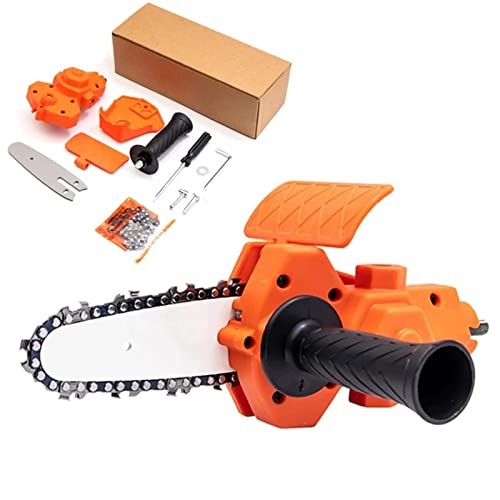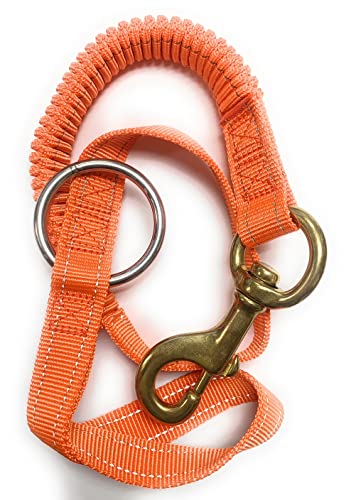Okay, my head was hurting before but staring at some of Mr. Dent’s Dutchman illustrations has it spinning. Nonetheless Mr. Dent says to use a deeper face with a heavy forward lean even though it increases the tension and thus the risk of a barber chair. Though he doesn’t say which is best - side boring vs “side notching” (appears to be the same as a Coos), he does say that face boring is the least desirable due to increased chances of pinching your bar and barber chairing. He says that the cause of barberchairs is the back fibers as severed start to “fall” while the forward fibers though under increasingly more pressure are not falling thus a split develops between the moving and the non-moving fibers. He doesn’t relate the split to compression. This is actually the process I thought was occurring but to cut a deeper face that actually increases the tension and the risk of barber chairing seems counterintuitive and it appears contrary to the BC materials. But I think it all brings us back to bitzer’s time analysis, the quicker you cut the less likely the chance of a barberchair and the less you have to cut the quicker you can cut. If you want to take your time then I guess you just need to go side boring and cut the tension wood front to back. Interesting side note. - Dent doesn’t describe the use of a trigger when side boring.
In all three methods, Dent recommends nipping the corners of the hinge.
Most all of my reasoning expressed here is based just on book knowledge. Your real world experience is welcome.
Ron
Haven't read the BC stuff for 12-13 years. I know it through and through and all the loopholes except all the legislation crap. BC forest safety council (BCFSC)
Then you have Work safe BC.
The story behind the council is they were a bunch of west coast fallers/ maybe some went management. Work safe BC threw a bunch of money at them and said fix the deaths in industry if you say you can? About 50 per year was just excepted at one time. Not all that long ago either.
Things got a lot better,, Improving though the '90's and up to when BCFSC started in ought 5. The deaths went from around 12 per year; and in their first year, I believe 38 where killed. No reason for it to triple that year as it should have gotten better.
In 2014 was the lowers fatality rate at 3. Friend on mine was one of the fallers on his last shift before Christmas of that year.
2 yrs out of those( last) 14. No fallers died.
What I was going to say was some one posted a vid on undercut types, endorsed by both and in writing it said some techniques may be modified for filming purposes?
Lol I counted 15 things that were not by the book. I recall a few were close to the same thing but technically different. On the coast there is such a thing as "overcoming a falling difficulty" It's pretty modified from the book.
As long as you are asked about it then you have to have a story.
(I was just going to say I was filming and it was modified for filming purposes....of course nobody ever asked...j/k)
As long as they see the stump quality there. and a few other things and answer questions and demonstrate when it's good.
Our Supervisers are Certified Fallers and qualified Supervisers.
Someone Qualified from the BCFSC will spend two days to Certified them.
So they are there to uphold the Council's program.
The book says UP TO 50% undercut on a 'stubby' By book definition that is a 3:1 ratio height to Dia. A danger tree (snag) is 3m or (10') and taller.
So a 3.3 ft x 10 ft would be by book. (3:1 ratio)
You can get a lot around the 6' x 10,12, 14ft range. Some are leaning up the hill pretty hard. Even strait up and down (without lean) it will not fall over even if you cut it off it would remain 'sky bound'
I go 70 or 85% if it leaning up the hill. to send it down hill It was good fun when the back crumbled and you are still below on the down side doing your undercut. There is no really safe side. You can't tell what they will do at that point.
My undercut is done with a very slight angle first and could be 5ft deep. My opening is only going to be 2-3 inches.
and if I miss a bit then I just bore the wedge out. Then get up top and touch the back and hope it's still not coming up hill and then I back bar the evidence of holding wood. on the stump.
Its all you need to topple it over and its fast.
I never made a habit or not assessing the back and having them crumbled down to many times obviously.
Anyway BC say.
"As much as it will take but not greater than 25%" for leaner undercut
Good barber chair stories btw.
I will have to write a post on my times. One freaky one also.
 Now this one ticked me off, I bored it and bored the heart but it still split, may have had more to do with the crotch at the top of the tree. This pic is after taking 20' of butt log off.
Now this one ticked me off, I bored it and bored the heart but it still split, may have had more to do with the crotch at the top of the tree. This pic is after taking 20' of butt log off.
























































